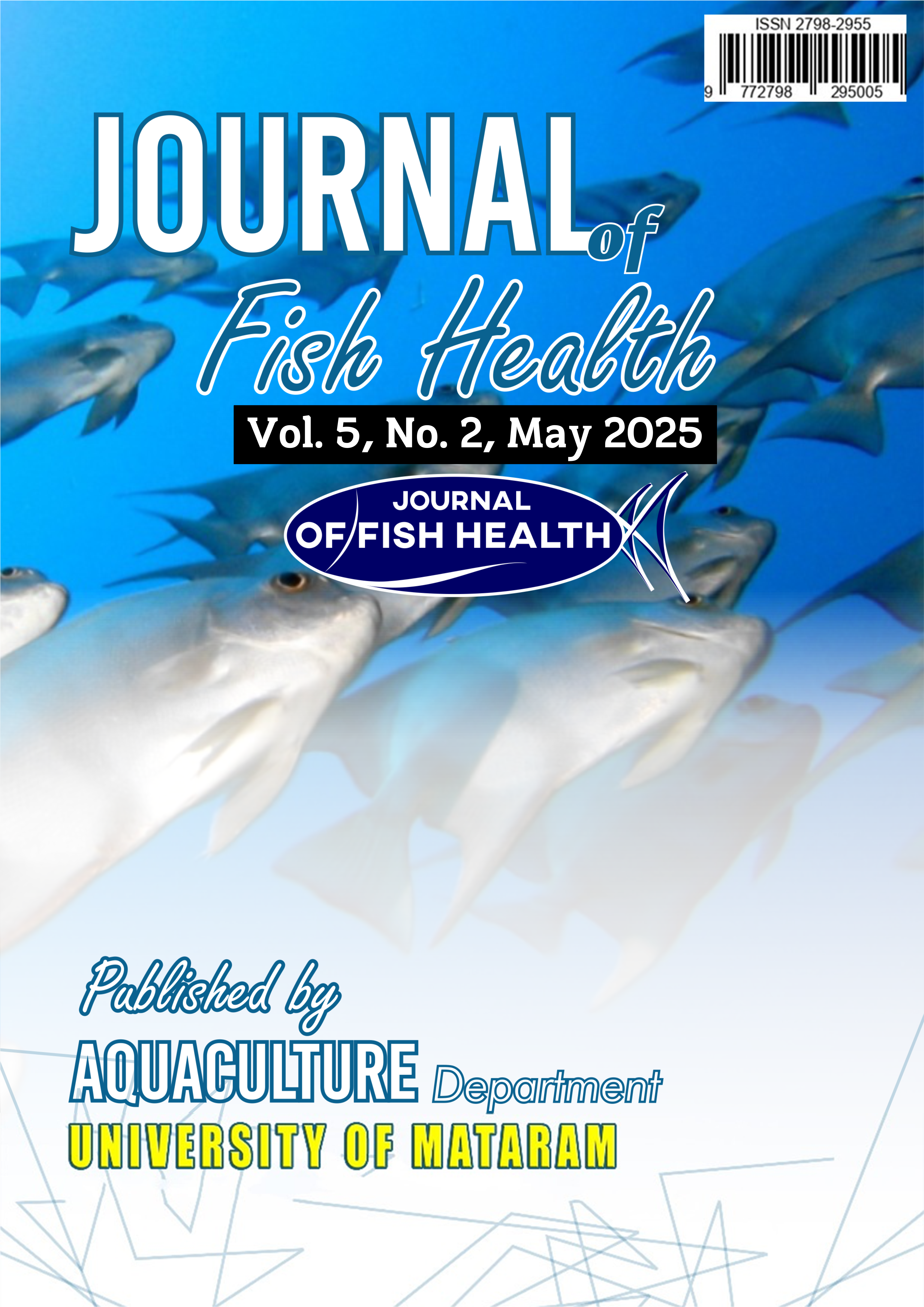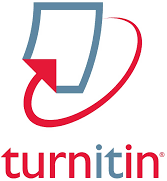Intensity and Prevalence of Ectoparasites in Tilapia (Oreochromis niloticus) from Floating Net Cages in Lake Batur, Bali
DOI:
https://doi.org/10.29303/jfh.v5i2.6321Keywords:
Ectoparasites, Floating Net Cage, Intensity, Prevalence, TilapiaAbstract
Tilapia (Oreochromis niloticus) is one of the most cultivated freshwater fish. The problem that is often faced in fish farming is diseases caused by parasitic attacks (ectoparasites) which can cause a decrease in fish production levels. To overcome these problems, research is needed on the intensity and prevalence of ectoparasites in tilapia (Oreochromis niloticus) to determine the density of ectoparasite attacks and the percentage of ectoparasites in tilapia. Tilapia (Oreochromis niloticus) samples were taken from the Floating Net Cage (KJA) of Lake Batur, Songan Village, Kedisan and Trunyan. Sampling is carried out by purposive sampling or determining location points. The tilapia (Oreochromis niloticus) samples examined were 36 fish samples with a size of 14.7-21 cm tilapia niwana. The ectoparasite found only in the gills of tilapia, namely Dactylogyrus sp. (506 ind) and Gyrodactylus sp. (13 ind). The highest intensity in the genus Dactylogyrus was 14.06 ind/head in the medium category, while in the genus Gyrodactylus it was 1.86 ind/head in the low category. The highest prevalence value in the genus Dactylogyrus is 100% with the always category while for the genus Gyrodactylus is 19.44% with the frequent category. The data supporting water quality in this study includes temperature, pH, and DO. The temperature of lake water in floating net cages during the study ranged from 23oC-28oC, pH or acidity degree ranged from 8.1-9 and DO range from 4.8-5.6 mg/L. The results of the water quality in this study are classified as optimal for tilapia rearing.Downloads
Published
How to Cite
Issue
Section
License
1. The copyright of this journal belongs to the Editorial Board, based on the author's consent, while the moral rights of the publication belong to the author(s).
2. The formal legal aspect of journal accessibility refers to the same Creative Common Attribution + Noncommercial + ShareAlike (CC BY-NC-SA), implying that publication can be used for non-commercial purposes in its original form.
3. Every publication (printed/electronic) is open access for educational, research and library purposes. In addition to the objectives stated above, the editorial board is not responsible for copyright infringement















